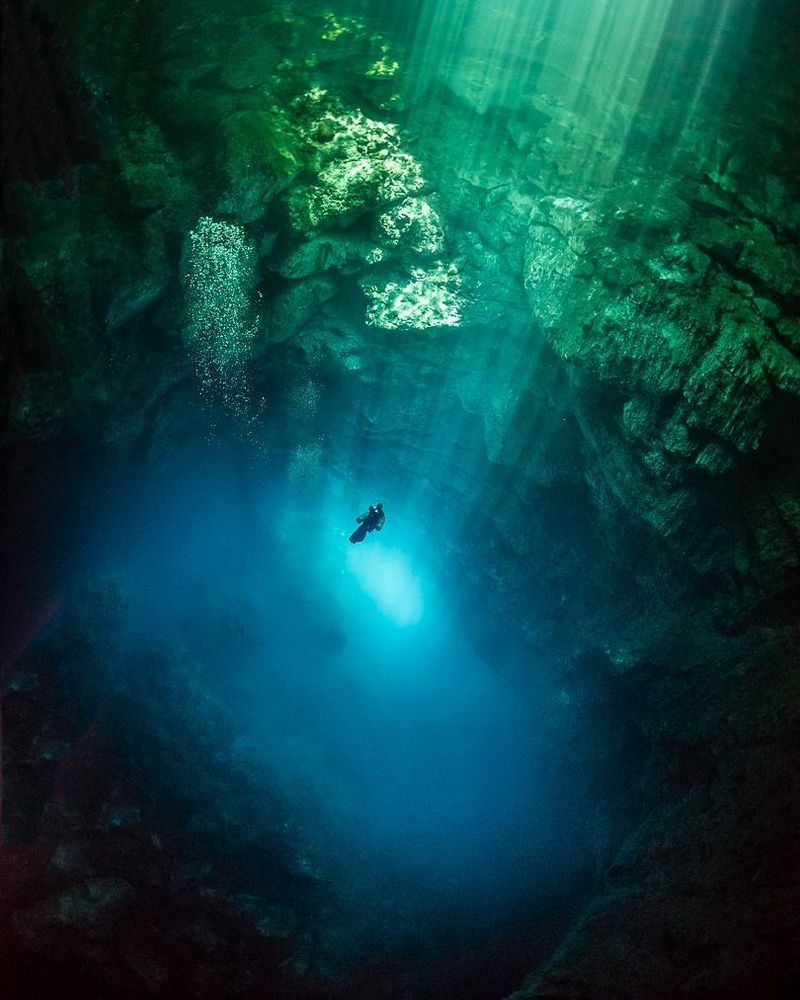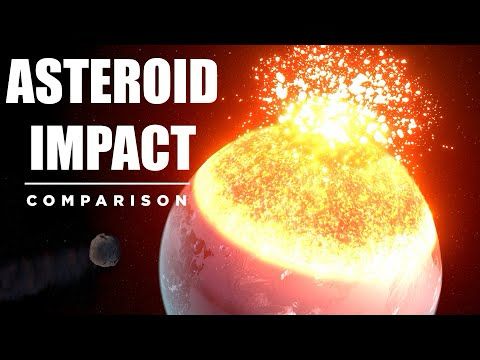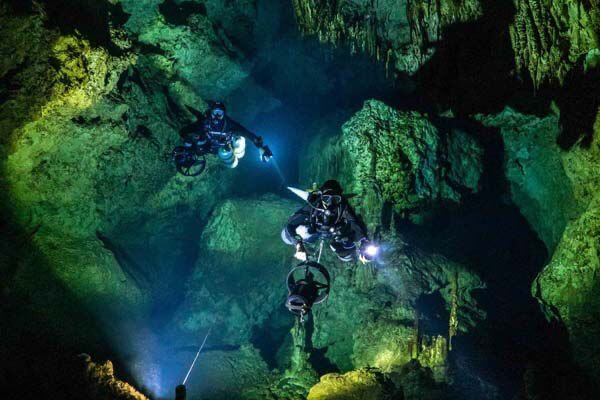
Hydrogeology & Geochemistry of Karst ˚•. Cave diver ˚•.
Env. Consultant - GeoHazards.
#flyingunderwater ˚•. 🇵🇷 borimex
https://sites.northwestern.edu/monroyrios/

Visit my blog, there are posts both in English and Spanish.
🧪 #karst #caves #hydrogeology #geochemistry
sites.northwestern.edu/monroyrios/r...




youtube.com/watch?v=Zyyr...

youtube.com/watch?v=Zyyr...
🔗
sites.northwestern.edu/monroyrios/r...

🔗
sites.northwestern.edu/monroyrios/r...
🧪
www.youtube.com/watch?v=TFBy...

🧪
www.youtube.com/watch?v=TFBy...





🧪
www.youtube.com/watch?v=TFBy...

🧪
www.youtube.com/watch?v=TFBy...
esa mega-obra sobre los territorios indígenas y campesinos de la península de Yucatán.
🗓️ HOY 25 de noviembre de 2025, 🕣 11 hrs.
LIVE: www.youtube.com/watch?v=w3wT...

esa mega-obra sobre los territorios indígenas y campesinos de la península de Yucatán.
🗓️ HOY 25 de noviembre de 2025, 🕣 11 hrs.
LIVE: www.youtube.com/watch?v=w3wT...

divemagazine.com/scuba-diving...

divemagazine.com/scuba-diving...
#karst #caves #hydrogeology #science #divingforscience




#karst #caves #hydrogeology #science #divingforscience
divemagazine.com/scuba-diving...

divemagazine.com/scuba-diving...



🧪💧
sites.northwestern.edu/monroyrios/2...
#caves #karst

🧪💧
sites.northwestern.edu/monroyrios/2...
#caves #karst



